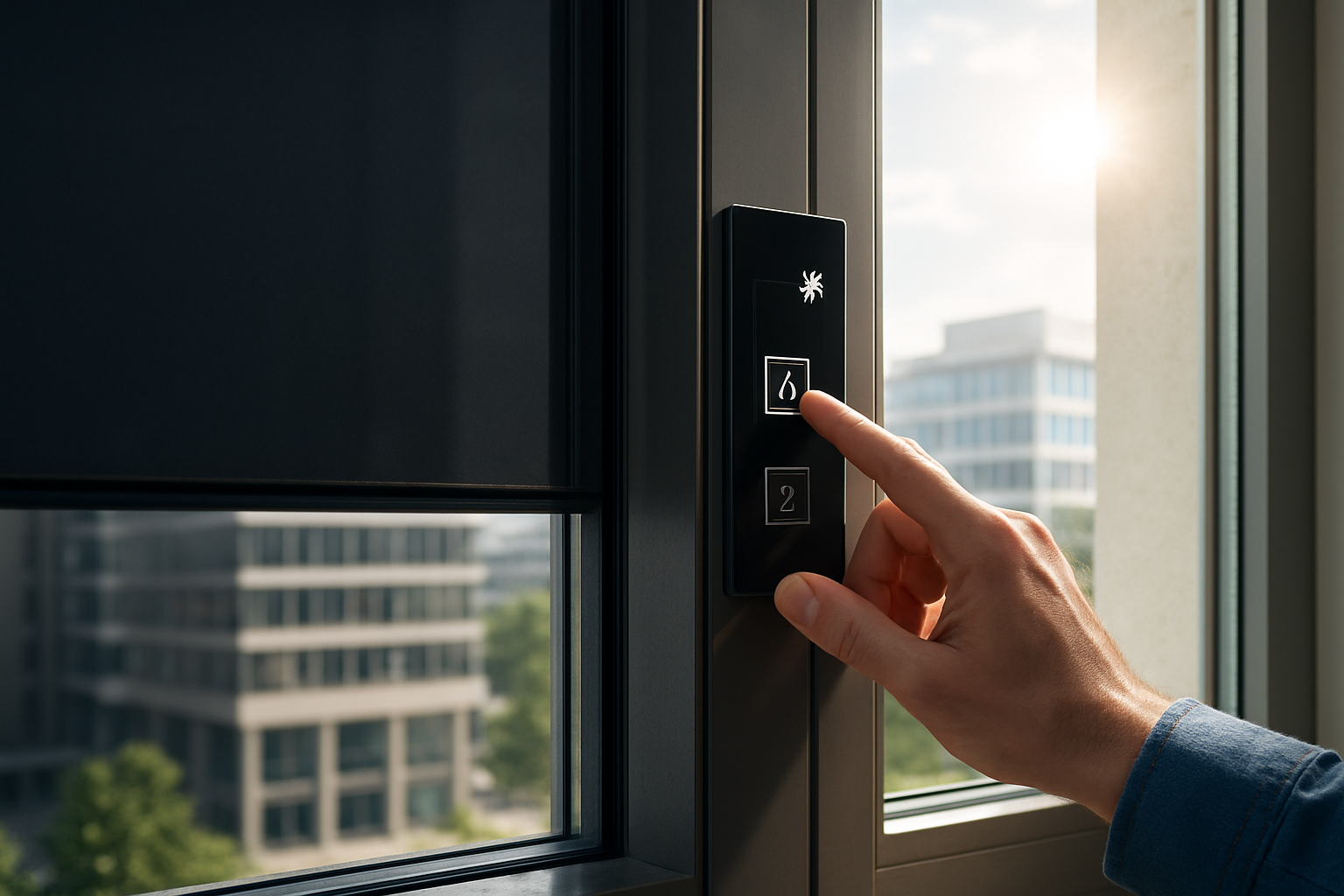Lightening up Life with Electrochromic Smart Windows
There's something inherently fascinating about technology that presents us a glimpse of the future, right now. Among such intriguing advancements is the technology behind Electrochromic Smart Windows. This seemingly magical technology is transforming the way we perceive windows, making them not just a part of the architecture but a part of our digital lives as well.

What are Electrochromic Smart Windows?
At the dawn of the 21st century, the concept of ‘smart’ began to take over our lives. From smartphones to smart homes, the technology became a part of our day-to-day lives. And now, it’s taking over our windows. Electrochromic Smart Windows, often known as smart glass or switchable glass, are windows that can change their light transmission properties based on voltage, light or heat.
This technology was first proposed in the 1970s, but it’s only in recent years that it has started to come into its own. The progress over the decades has been slow but steady, with a significant breakthrough in 2009 when SAGE Electrochromics launched the world’s first commercially available electrochromic windows.
How do they work?
The science behind these innovative windows is as intriguing as the technology itself. Electrochromic Smart Windows use a phenomenon known as electrochromism, where a material changes its color when energized with electricity. This change is not temporary; once the voltage is removed, the material retains its new color until a different voltage is applied.
In the case of smart windows, the glass is coated with an electrochromic material, often composed of tungsten oxide. When a small voltage is applied, the material changes its opacity, allowing the user to control the amount of light and heat that passes through the window.
An Eco-Friendly Innovation
One of the most impressive aspects of Electrochromic Smart Windows is their potential to reduce energy consumption. According to a study by the US Department of Energy, smart windows could save up to 20% of a building’s total energy consumption. This is due to their ability to control the amount of light and heat that enters a building, reducing the need for artificial lighting and air conditioning.
Market Impact and Pricing
The smart window market is estimated to be worth over $8 billion by 2027, reflecting the growing demand for energy-efficient solutions in architecture. As for the pricing, it varies significantly depending on the size and customization of the windows. However, as the technology becomes more mainstream, prices are expected to become more affordable.
What’s Next?
The future of Electrochromic Smart Windows is brimming with potential. Researchers are working on enhancing the technology to include features like automatic tinting based on external conditions and integration with home automation systems. There’s also research being done on using solar cells to power the windows, making them even more eco-friendly.
Electrochromic Smart Windows are a perfect example of how technology can transform our everyday lives in surprising ways. From enhancing our comfort to reducing our carbon footprint, these smart windows are a window into a brighter future. The technology is still evolving, and it’s exciting to see where it will lead us next.




